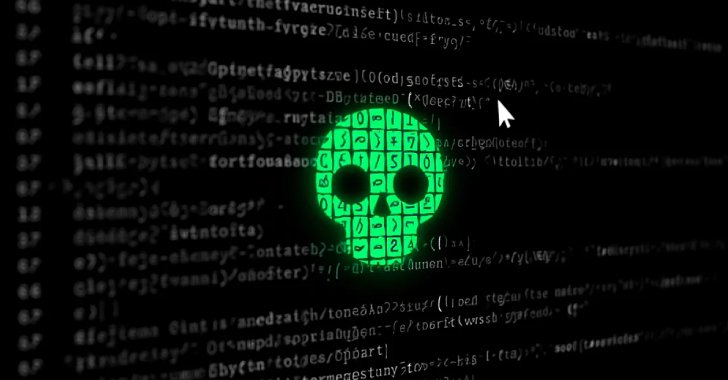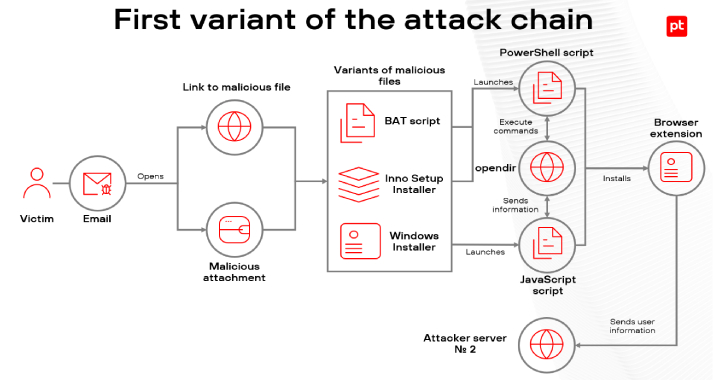The content of this post is solely the responsibility of the author. AT&T does not adopt or endorse any of the views, positions, or information provided by the author in this article.
In our rapidly evolving digital landscape, the accumulation of old electronic devices is a common occurrence. Laptops, smartphones, external hard drives, and USB flash drives quickly become outdated and obsolete, yet they often contain a wealth of sensitive information. Safeguarding your personal and confidential data during the disposal process is of utmost importance. This article presents an in-depth guide on how to forensically dispose of old electronics and data, ensuring that your privacy and security are maintained at every step.
Back up and transfer data
Before you embark on the journey of disposing of an electronic device, it’s essential to initiate a thorough backup process. This backup serves two crucial purposes: preserving valuable data and enabling its transfer to a new device or storage medium. Here’s how to proceed:
Identify valuable data: Start by identifying and categorizing the data that you want to preserve. This includes documents, photos, music, and any other information that holds personal or professional significance.
Backup methods: Utilize a variety of backup methods to safeguard your data. These include external hard drives, cloud storage services, or network-attached storage (NAS) systems. Ensure that all data, including files stored in the cloud, is included in your backup.
Wipe your data
Once your data is securely backed up, the next step is to thoroughly wipe your electronic device to make any data unrecoverable by standard means. Depending on the type of device, follow these procedures:
A. Use data-wiping software:
Software options: Employ reputable data-wiping software such as DBAN (Darik’s Boot and Nuke), Eraser, or CCleaner.
Follow instructions: Carefully follow the instructions provided by the software to ensure your data is erased securely and unrecoverably.
B. Factory reset:
For mobile devices: Perform a factory reset on smartphones and tablets to erase all data and return the device to its original settings. Remember to remove any SIM cards or memory cards before initiating the reset.
C. Securely erase hard drives:
For computers and external hard drives: Use the Secure Erase feature for solid-state drives (SSDs) or employ the “shred” command on Linux systems for hard disk drives (HDDs).
Physical destruction
When dealing with devices that may still contain sensitive data or those that are too damaged or outdated to be wiped effectively, physical destruction is the most secure method to guarantee the protection of your data. Consider these approaches:
a. Smash or shred: Utilize a hammer, drill, or engage a professional shredding service to physically destroy hard drives, SSDs, and other storage devices. Ensure that the platters or chips are shattered beyond recovery.
b. Degaussing: Some companies offer degaussing services that employ strong magnets to erase data on magnetic media, such as tapes or older hard drives.
Dispose of electronics responsibly
After your data is securely wiped or destroyed, the final step is to dispose of your electronic devices in a responsible and environmentally friendly manner. To ensure responsible disposal, consider the following actions:
a. Recycle:
Many electronics retailers and recycling centers accept old devices for recycling. Look for e-waste recycling programs in your local area to ensure your old electronics do not end up in a landfill.
b. Trade-in or donate:
If your device is still in working condition, consider trading it in or donating it to a charitable organization. This practice promotes sustainability by extending the useful life of your electronics.
Best practices for secure data disposal
To maximize data security during the disposal process, consider implementing these best practices:
Use full disk encryption: Enable encryption on your devices to add an extra layer of security, making it more challenging for unauthorized parties to recover data even if the device is not securely wiped.
Keep records: Maintain detailed records of the devices you have disposed of, including serial numbers, date of disposal, and specifics about the data-wiping or destruction methods employed. These records serve as an audit trail for your data disposal process.
Physical locks and storage: Store old devices in a locked and secure location until they can be securely disposed of. This extra layer of physical security minimizes the risk of unauthorized access to your data.
Regular data audits: Perform periodic data audits to identify and remove data that is no longer needed. This practice reduces the risk of data exposure during the disposal of old electronics.
Resources
To assist you in your journey of securely disposing of old electronics and data, the following resources are available:
Data-Wiping Tools:
Darik’s Boot and Nuke (DBAN): https://dban.org/
Eraser: https://eraser.heidi.ie/
CCleaner: https://www.ccleaner.com/
E-Waste Recycling Programs:
Earth911: https://earth911.com/
Call2Recycle: https://www.call2recycle.org/
E-Stewards Certified Recyclers: https://e-stewards.org/find-a-recycler/
Professional data destruction services:
Shredding services: Seek out local shredding companies for secure data destruction.
Degaussing services: Explore data destruction companies that offer degaussing services.
Conclusion
The secure disposal of old electronics and data is an imperative task in a world where data privacy is so critical. By following the outlined steps in this article, which encompass data backup, secure data wiping, physical destruction, and responsible disposal, you can confidently eliminate the risk of data breaches when parting ways with your old electronic devices. It is essential to adhere to best practices and make use of the available resources to ensure that your data remains inaccessible to unauthorized individuals, ultimately safeguarding your privacy and security.




